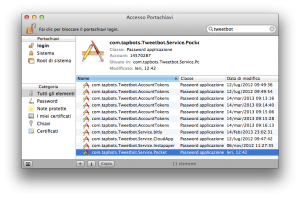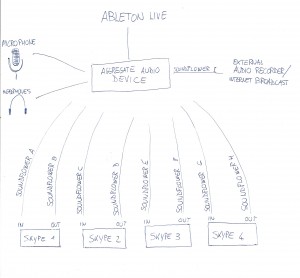Today, when I booted my Mac I noticed it was really unresponsive, and the fans immediately started going up like crazy. Through Activity monitor, I found the cause for this: coreaudiod was using 100% of my CPU. And force quit did not help.
 Core Audio is the framework that manages audio on OS X, and it’s awesome, except when it suddenly decides to go crazy and suck all my CPU.
Core Audio is the framework that manages audio on OS X, and it’s awesome, except when it suddenly decides to go crazy and suck all my CPU.
After some googling, I found this post by Axel Jensen, and it literally saved my day.
Basically, for some unknown reason, my /Library/Preferences/Audio/ folder had disappeared, and that really angered coreaudiod. As Axel found, the solution is pretty simple: recreate the folder and set the correct permissions, with just two terminal commands.
sudo mkdir /Library/Preferences/Audio sudo chown -R _coreaudiod:admin /Library/Preferences/Audio |
I did some additional research and found out that it’s also safe to restore that folder from a Time Machine backup, or any other backup really, just make sure to set the proper permissions with the second command above. This way I was able to get my aggregated audio interfaces back, and I did not have to re-create them in Audio MIDI Setup.




